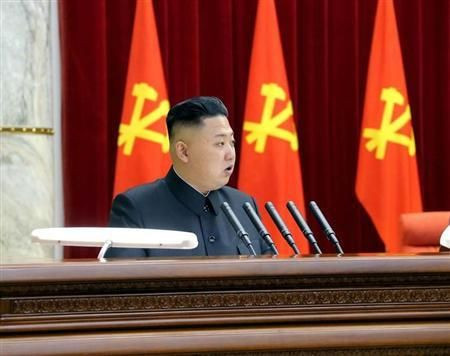North Korea Launches Three Short-Range Guided Missiles Into The Sea Off Peninsula's East Coast

North Korea launched three short-range guided missiles into the sea off the Korean Peninsula's east coast on Saturday, South Korea's defense ministry said.
Pyongyang launched two missiles in the morning, followed by a third in the afternoon, Seoul’s Yonhap news agency reported, citing the ministry.
A South Korean defense ministry official told Reuters that the ministry would not speculate on whether the missiles were fired as part of a drill or training exercise.
“In case of any provocation, the ministry will keep monitoring the situation and remain on alert,” he said.
Japanese media, citing a government source, also reported the three launches, adding that none of the missiles landed in Japan’s territorial waters.
Pyongyang began ratcheting up tensions by announcing in early March that it had nullified the 60-year-old armistice agreement that ended the Korean War, although technically the pact does not allow unilateral annulment.
Easing weeks of belligerent rhetoric, the regime recently withdrew two mid-range Musudan missiles, believed to be capable of reaching the U.S. territory of Guam, from Wonsan on its eastern coast.
Pyongyang has also stopped sending signals from its wireless telemetry system, designed to record missile flights and ground-based radar stations, since April 20.
On May 12, the regime sharply criticized the arrival of the U.S. aircraft carrier USS Nimitz in South Korea’s southern port of Busan for a joint U.S.-South Korea drill, calling the move an “extremely reckless” provocation and a rehearsal for war.
The military exercise involving the 97,000-ton Nimitz began days after a two-month annual U.S.-South Korea exercise known as “Foal Eagle,” had ended.
“Foal Eagle,” which began on March 1, shortly after North Korea carried out its Feb. 12 nuclear test, had been a source of displeasure for Pyongyang. The exercise involved more than 10,000 U.S. troops and a much larger number of South Korean personnel.
© Copyright IBTimes 2025. All rights reserved.






















